Nauryz Kozhe: Basic Information
Pronunciation
Alternative Name(s)
Dish Type
Course
Mealtime
Popular Variations
Nauryz Kozhe: Ingredients and Preparation
Main Ingredients
Main Cooking Method
Preparation Process
Nauryz Kozhe: A Deep Dive
Cultural Significance
Taste
Texture
Aroma
Color
Serving Style
Serving Temperature
Accompaniment
Occasions
Seasons
Special Diets
Calories
Popularity
Popular Similar Dishes
Popular Dining Area
Nauryz kozhe is a traditional Kazakh and Kyrgyz soup or drink mainly consisting of milk, horse meat, kashk (a dairy product), salt, and grains (typically barley or rice).
Locals enjoy Nauryz kozhe during Nauryz (or Nooruz) holiday, which celebrates the spring equinox and the Turkic New Year, or festive gatherings.
Bsides Kazakh and Kyrgyz, this unique treat is also popular in Uzbekistan, Tajikistan, and Turkmenistan.
Nauryz kozhe plays an important role in Nauryz celebration, making it a festive dish or drink.
Plus, a brief summary of the pros and cons will also show you some more information about consuming Nauryz kozhe.
Now, join me to learn more about this Kazakh and Kyrgyz delight. Let’s explore together!
Key Points
Nauryz Kozhe Images
What Is Nauryz Kozhe’s Cultural Significance in Nauryz Celebration?
Nauryz kozhe is considered a symbol of prosperity and abundance for the upcoming year.
The Kazakh and the Kyrgyz normally make Nauryz kozhe with seven ingredients: milk, meat, oil, millet, rice, raisins, and corn, symbolizing wealth and richness.
Nauryz kozhe recipes can also vary, but overall, this soup (or drink) has both benefits and drawbacks.
Pros and Cons Of Eating Nauryz Kozhe
Obviously, Nauryz kozhe holds a place in the Nauryz celebrations, which is one of its significant pros. However, the Kazakh and Kyrgyz soup or drink also feature some downsides you need to consider.
Pros
Cons
Besides its pros and cons, there are other frequently asked questions about Nauryz kozhe that you should know.


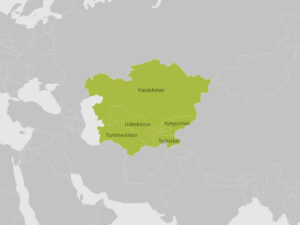

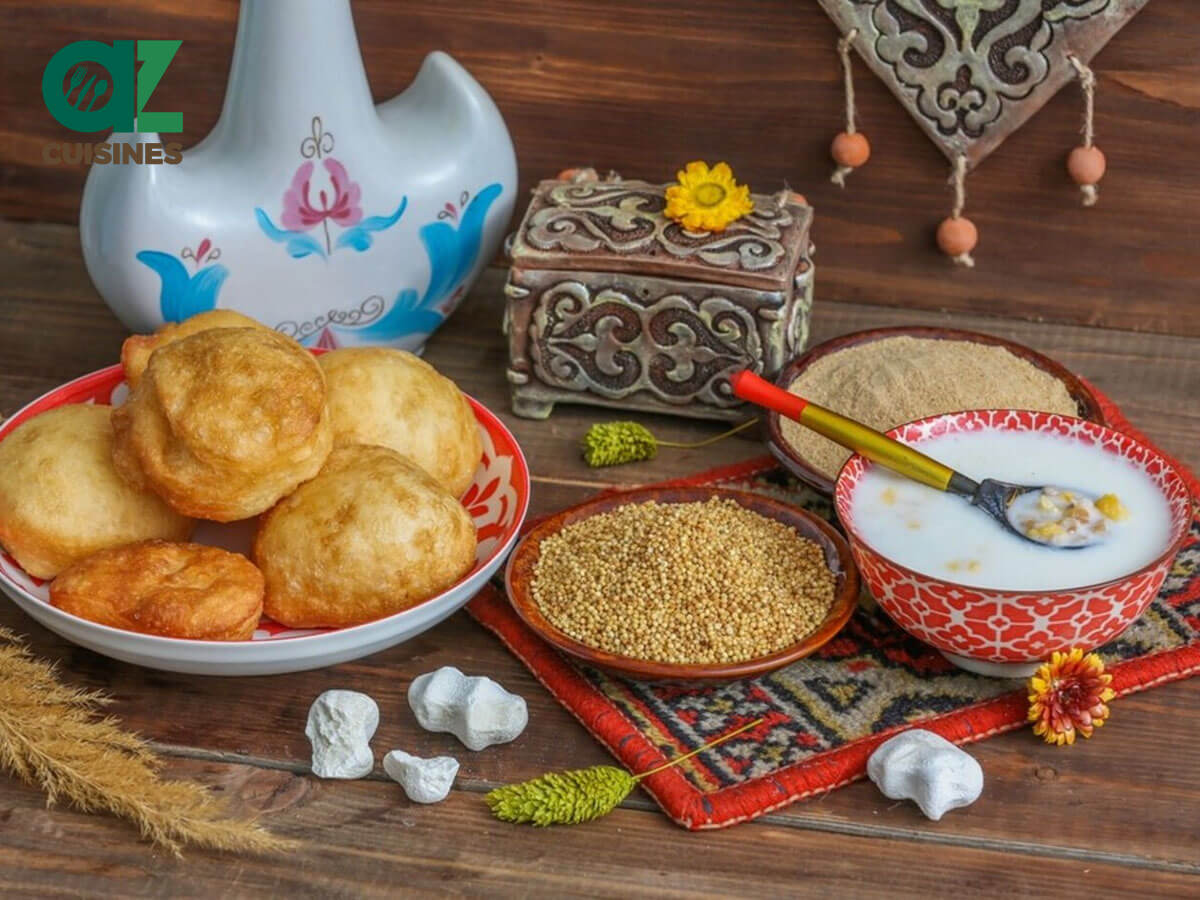
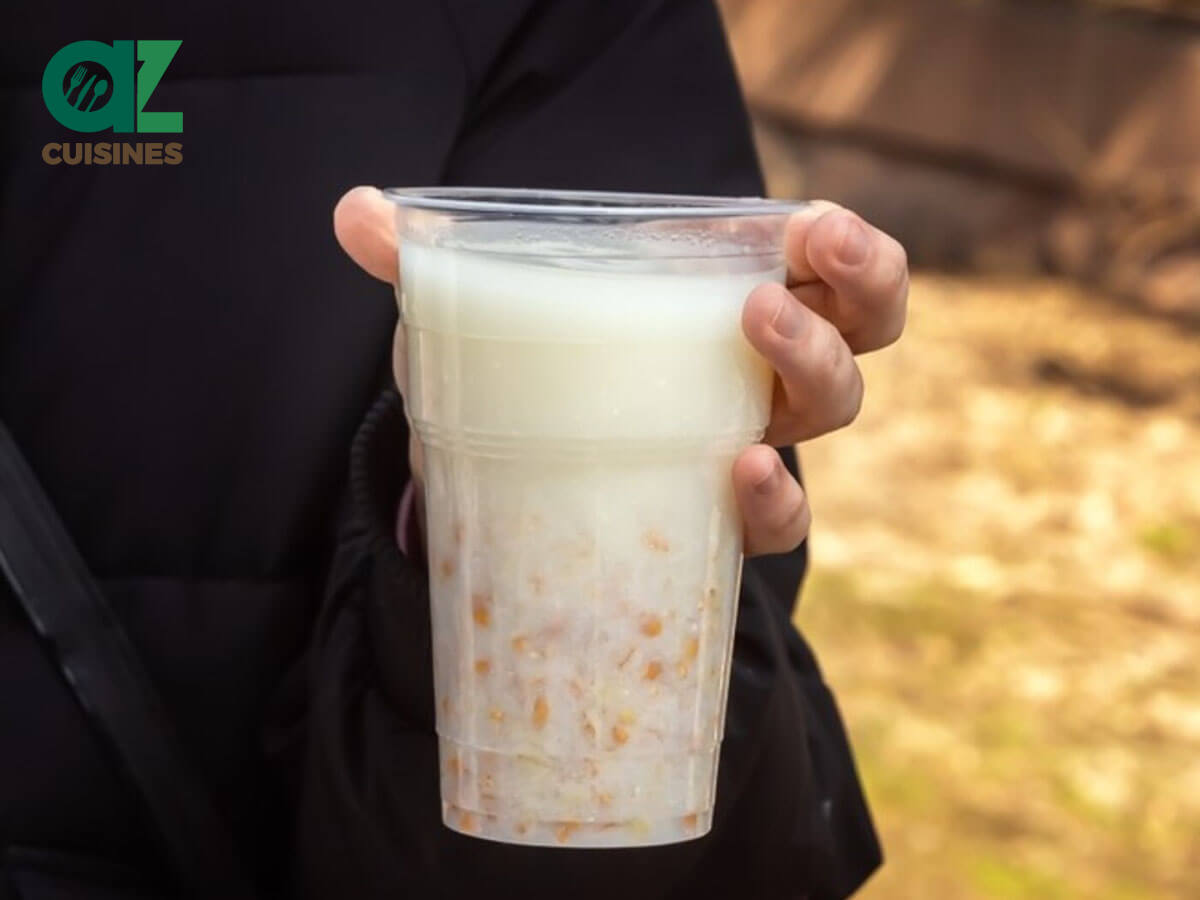
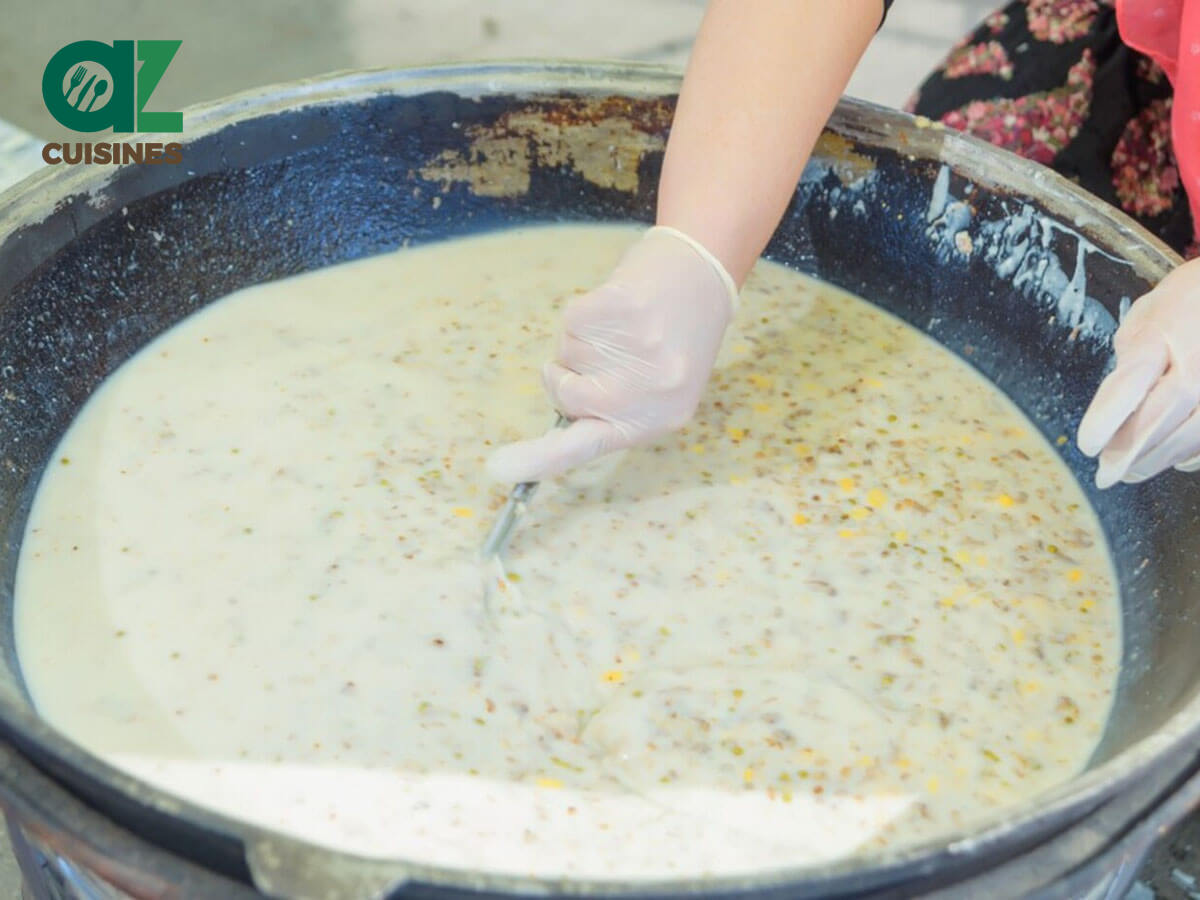

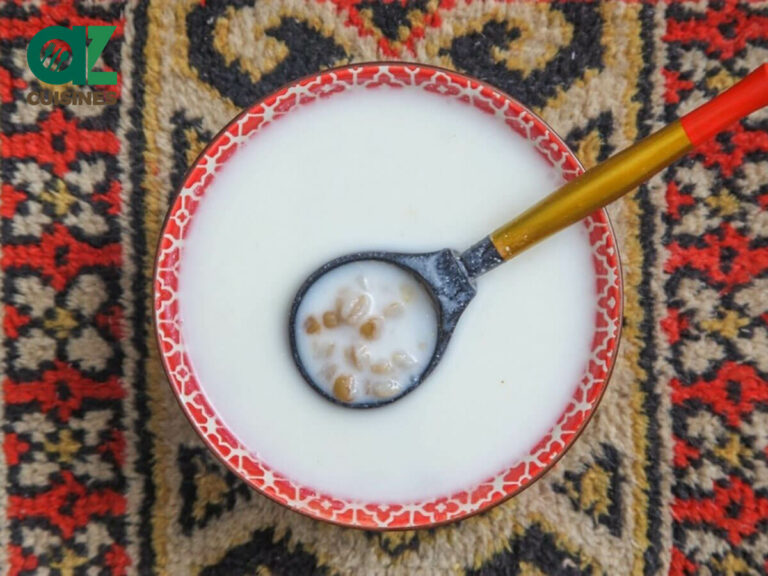
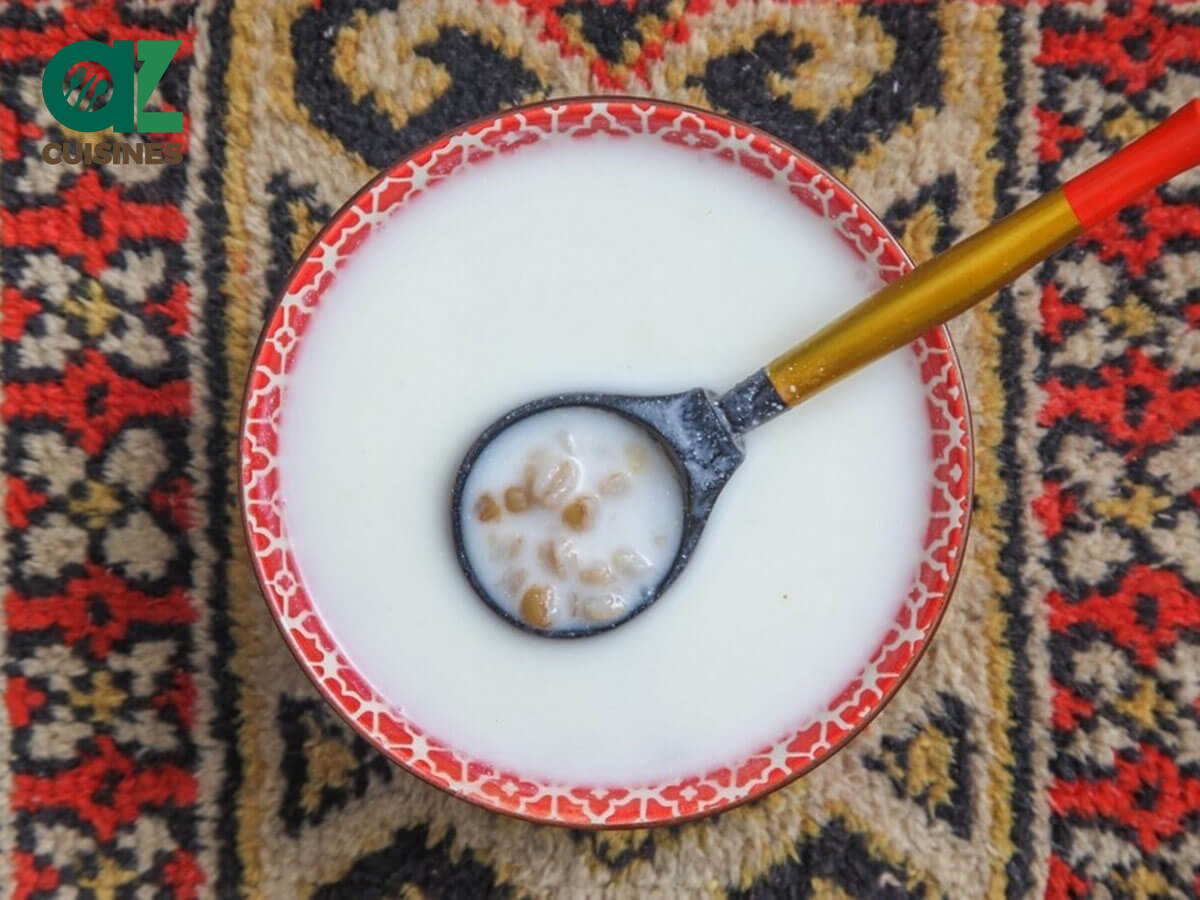

Adam Sam
Senior Food and Drink Editor
Expertise
Food Writer & Recipe Developer, Recipe Tester, Bartender, Cooking-video Maker, Editor In Chief
Education
Adam Sam, an experienced food writer and recipe developer, is passionate about blending diverse culinary traditions, national dishes, and innovative beverages, showcasing his proficiency in both traditional and modern recipe testing.
As the Editor-in-Chief, he elevates culinary content from street food to fine dining, focusing on Western cuisine and types of drinks at azcuisines.com, and is professional in creating engaging cooking videos that simplify complex dishes and ingredients.
His passion for food is evident in his writing, where he uniquely merges various cultures, traditions, and contemporary trends, skillfully combining classic recipes with modern cooking methods.